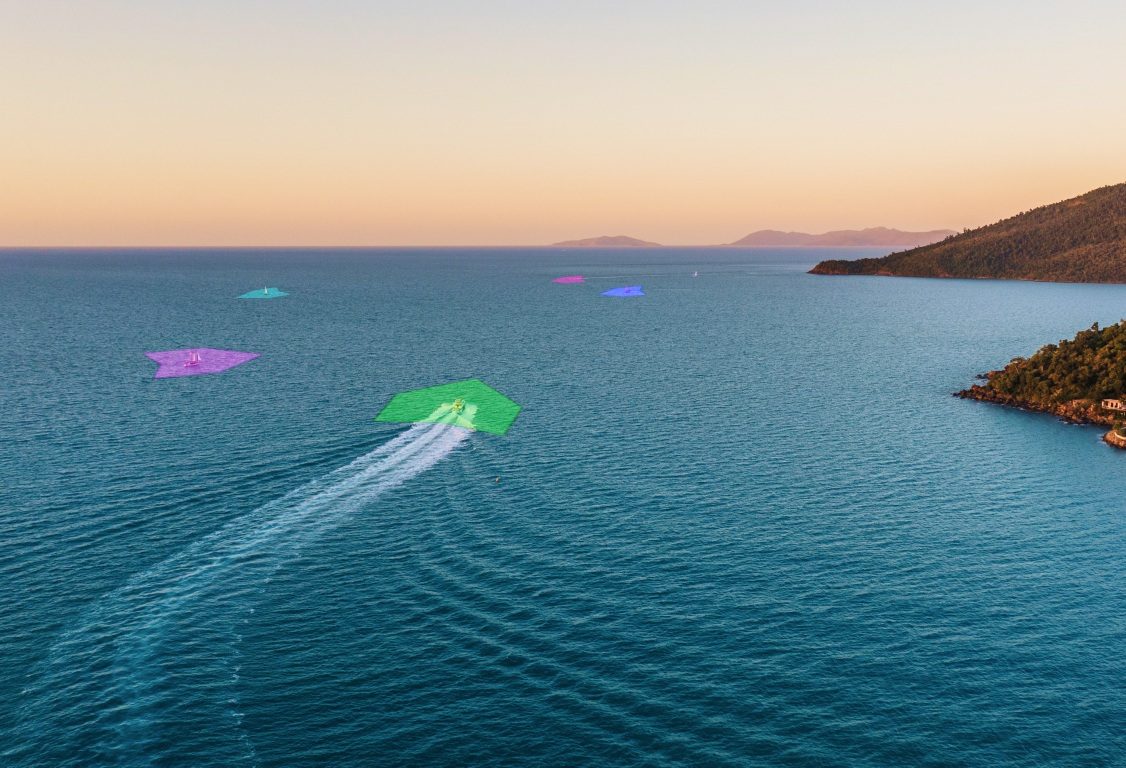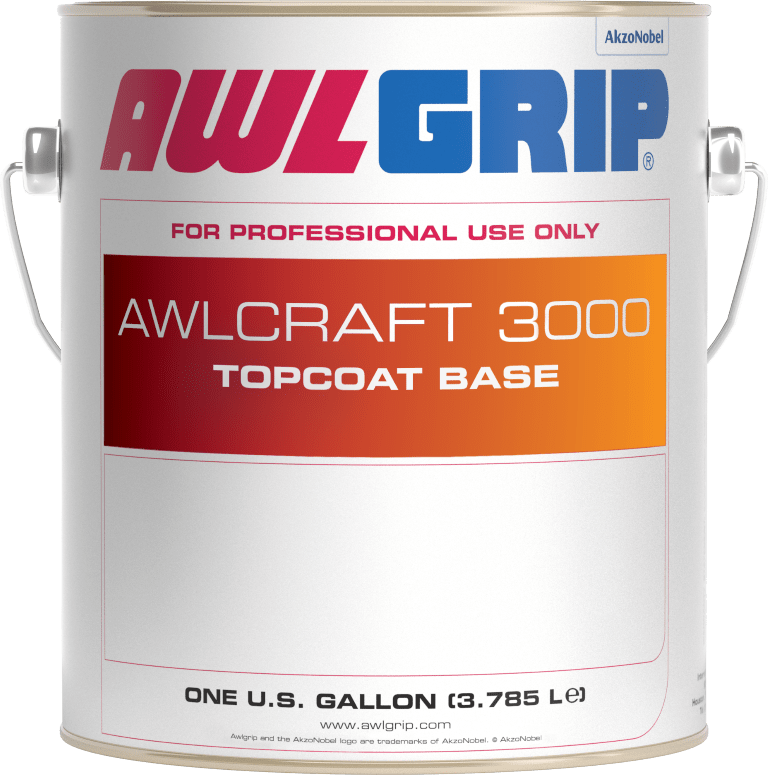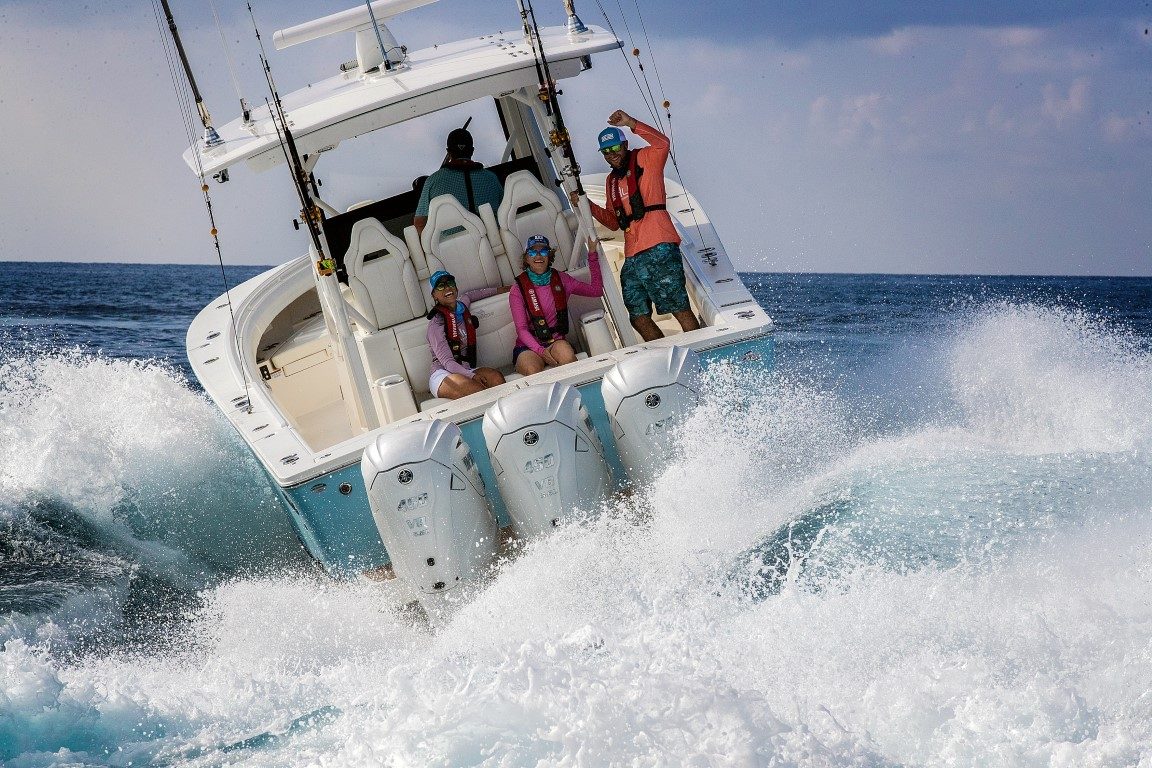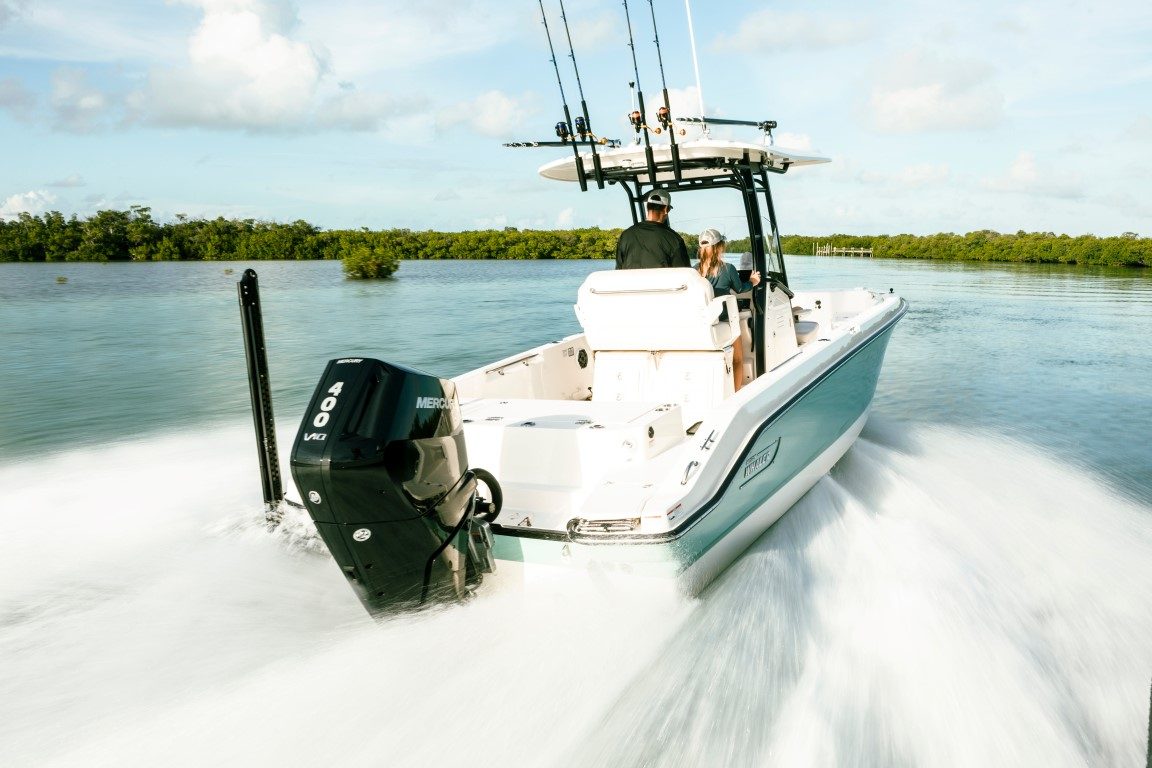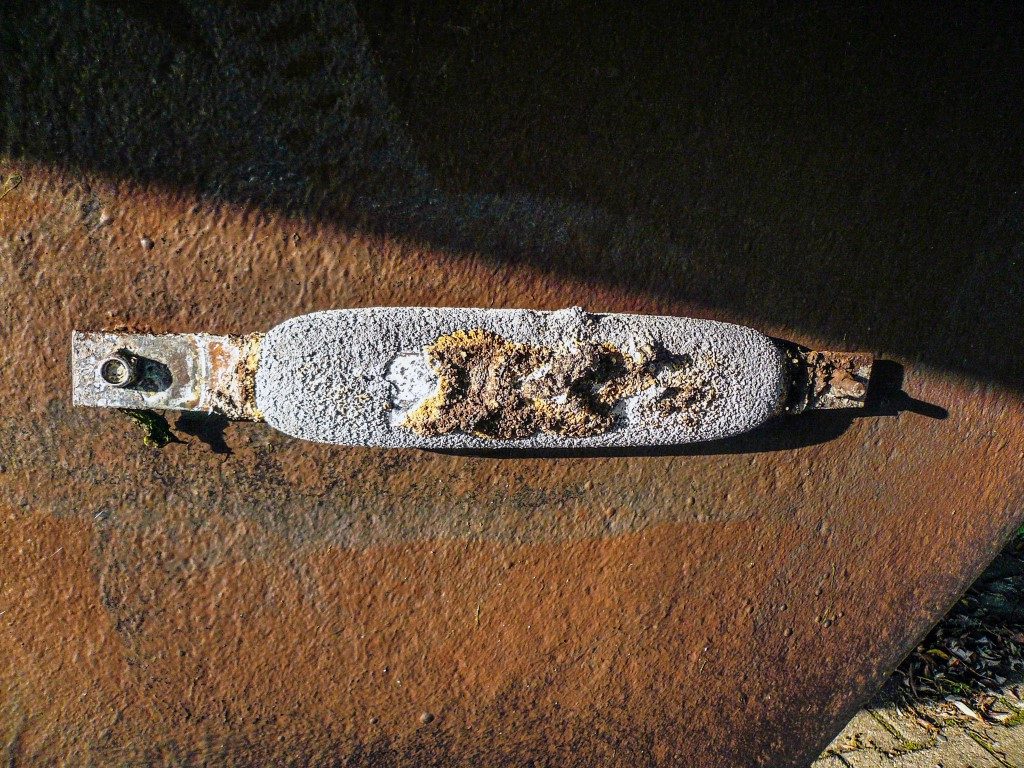

Electronics are always exciting, engines can be a thrill, even mooring lines and anchors catch passing glances in the chandlery. But let’s be honest, most boaties don’t give a second thought to their sacrificial anodes – those curious knobs of raw metal found on outdrives, shafts, rudders and other metal components that dangle under a boat.
We know that the anodes protect those important metal bits from corrosion, and we know that over time they will wear away and need to be replaced. But beyond that, no one ever gives them a second thought.

That’s too bad, because anodes are actually pretty amazing things. Metal parts that remain submerged under the water tend to corrode quickly as a result of naturally-occurring electro-chemical reactions. Anodes are made from special metal alloys that have a particularly attractive electro-chemical voltage range, causing these corrosive reactions to focus on the anode instead of the adjacent metal components.
The principle is a bit like catering for a kid’s birthday party by serving cake and broccoli at the same time – the cake gets devoured while the broccoli escapes untouched. It’s a simple approach that works equally well on small boats, large yachts, commercial ships and even shoreline installations like sea walls and lock gates.
Anodes have historically been made from zinc-based alloys – to the point where they’re more commonly known as ‘zincs’ than by their proper name. While zinc is an effective anode material, in recent years its use has come under the microscope in light of mounting evidence that the stuff causes real problems when found in high concentrations, such as in the water around marinas.
In the US, water testing in the vicinity of large marina facilities in California, Washington and Delaware has consistently yielded samples showing significant levels of zinc. What’s concerning is that while small amounts of zinc are considered essential for human health, new research suggests that exposure to high concentrations of it could be linked to a variety of serious health concerns. That contention is supported by a growing body of evidence indicating that prolonged exposure to high levels of zinc is toxic to a wide range of aquatic plants, invertebrates and fish.

What’s worse, zinc anodes frequently contain additives like cadmium, an element that has been conclusively associated with serious illnesses including kidney disease, atherosclerosis, hypertension and cardiovascular diseases. Cadmium has also been linked to immune system deficiencies, with recent studies revealing a significant correlation between cadmium exposure and the occurrence of disease in human populations.
Such findings have inevitably raised concerns about the continued use of zinc anodes in marine environments, and led to calls for governments in some jurisdictions to ban their use altogether.
The aluminium alternative
Fortunately, zinc isn’t the only game in town when it comes to protecting our boats from galvanic corrosion. Non-toxic alternatives do exist, starting with aluminium.
Modern anodes made from aluminium alloys enjoy numerous advantages over traditional zinc, starting with the simple fact they’re completely non-toxic and 100 percent cadmium-free.
Beyond that, aluminium anodes have been shown to actually out-perform zinc when it comes to protecting boats. In fact, aluminium’s superiority to zinc as an anode material is so conclusive that it has become the go-to choice among outboard engine manufacturers around the world.
“All of the engine manufacturers now put aluminum anodes on their product instead of zinc,” says Michael Szwez, director of marketing for anode manufacturer CMP Global. He should know, since CMP makes the anodes used by most of the major outboard engine manufacturers.

Mercury, BRP, Honda, Suzuki, Yamaha, Volvo Penta – all of them dropped zinc and now use aluminium. It’s by far the most effective all-around anode material there is.”
There are further advantages to anodes made from aluminium alloy, such as their significantly lighter weight and their much greater durability, frequently lasting up to 50 percent longer than zinc anodes of comparable size. There really isn’t a down side to them, which is why aluminium anodes are considered the new crème de la crème in the anode business.
Ironically, the greater life span of aluminium anodes has led to sales resistance when boaters come to buy replacements. “Aluminium doesn’t erode anywhere near as quickly as zinc does, so customers look at the anode and think it isn’t working,” says Szwez. “If anything, we as an industry haven’t done a good job of communicating the fact that aluminium anodes simply last longer and represent greater value.”
Magnesium
Like zinc, aluminium anodes work equally well in freshwater, saltwater and brackish environments. But where aluminium may be the top all-around choice, boats that operate exclusively in fresh water have an even more effective zinc alternative available to them – magnesium.
With its extremely active electro-chemical voltage range, anodes made from magnesium-based alloys offer a substantial protection edge that surpasses that of zinc and even aluminium.

“The bottom line is, nothing is more effective than magnesium,” says Szwez. “Like aluminium, it’s completely non-toxic and doesn’t contain any cadmium whatsoever. We don’t recommend magnesium for use in saltwater because it’s electro-chemical range is a bit too active, to the point it dissolves so quickly that it could leave the hull temporarily unprotected if the owner doesn’t notice. In the ocean, the stuff dissolves like an antacid tablet. But in freshwater, magnesium is far and away the best protection you can get.”
Both aluminium and magnesium anodes out-perform traditional zincs, and both are completely non-toxic. If that’s not enough reason to switch, then consider that they’re also less expensive.
The cost of zinc has increased substantially in recent years, rising from US$1.02 per pound in December 2015 to approximately $2.20 per pound today. “Zinc costs have more than doubled,” says Szwez.
“Beyond that, there are other considerations that make zinc less attractive for marinas and service yards to work with. The toxicity is obviously a big issue, but beyond that it’s a heavy material so the shipping costs are enormous, and warehousing it is a pain. You could probably justify the added expense if it was a premium product that had some outstanding qualities, but that isn’t the case. Aluminium and magnesium are both far better alternatives, and ironically enough they’re both less expensive.”
So non-toxic alternatives work better than zinc, last longer than zinc, and now cost less than zinc. Why on earth do we keep using the toxic stuff?
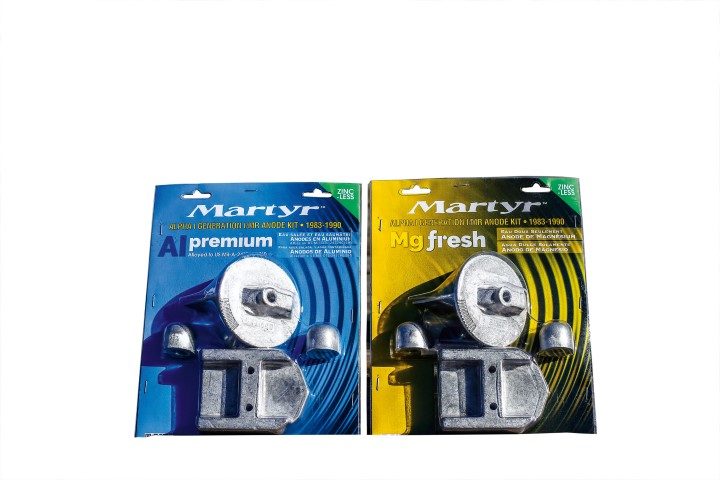
Spreading the word
Szwez notes that although CMP Global has sold non-toxic anodes for years, zinc continues to represent a big chunk of its total anode sales. The biggest reason, he says, is because the term ‘zinc’ has simply become part of the boater’s vocabulary. The owner walks up to the parts desk, asks for new zincs, and that’s precisely what they get.
“It’s a bit of an education thing,” he says. “We have to let people know there are alternatives to zinc that are safer to use, work better and cost less. Honestly, it would be far better for boaters and service yards to make a shift to non-toxic anodes on our own, before governments get involved and make it a regulatory issue. Because make no mistake, that is exactly what will happen if we don’t act first.”

